A dental receipt is a document provided by a dental office to a patient after receiving payment for dental services rendered. It serves as proof of payment and outlines the details of the transaction. As a business owner in the dental industry, issuing accurate and comprehensive dental receipts is crucial for various reasons.
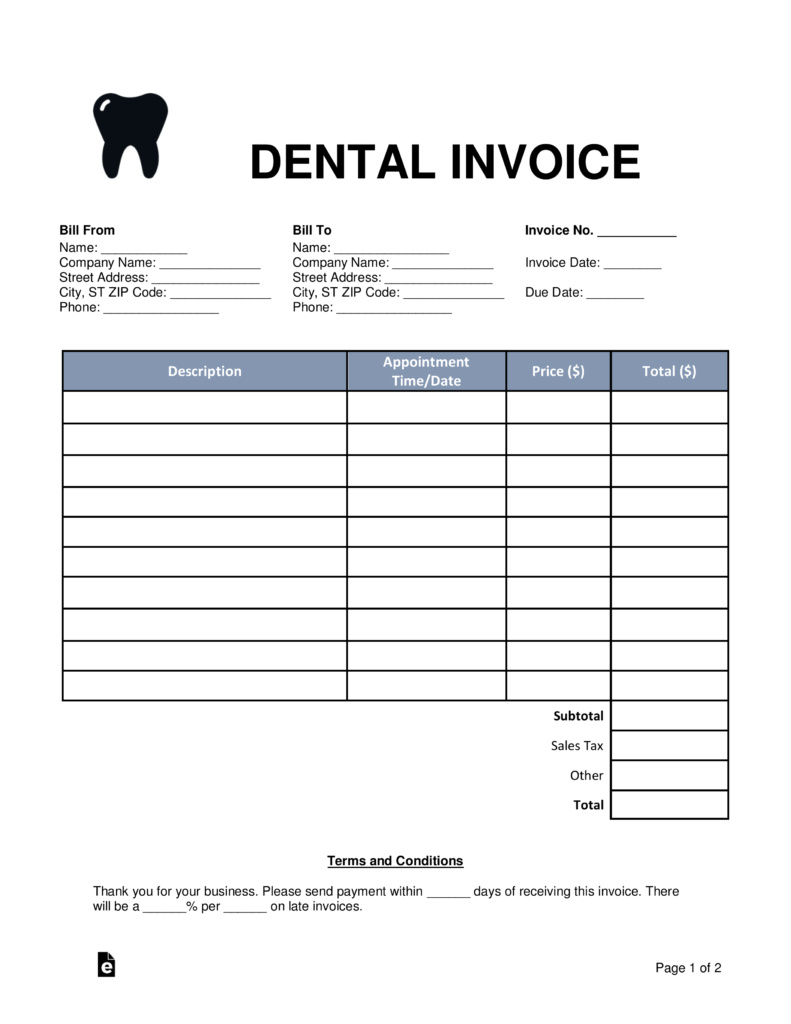
Why Are Dental Receipts Important?
Dental receipts play a vital role in the smooth operation of a dental practice. They provide both the patient and the business owner with important benefits. Here are some reasons why dental receipts are important:
- Proof of Payment: Dental receipts serve as proof that a patient has paid for the services received. This is essential for record-keeping purposes and may be required for insurance claims or tax purposes.
- Transparency and Trust: Issuing detailed dental receipts enhances transparency and helps build trust between the dental office and the patient. It ensures that both parties have a clear understanding of the services provided and the associated costs.
- Legal Protection: Dental receipts can serve as legal documents in case of disputes or legal issues. They provide evidence of the services rendered, the fees charged, and the payment received, which can be valuable in resolving conflicts.
- Insurance Claims: Dental receipts are often required by insurance companies to process claims. They contain the necessary information, such as the treatment codes, fees, and provider details, which are needed for reimbursement.
- Financial Management: Keeping track of all financial transactions is crucial for the financial management of a dental practice. Dental receipts help in monitoring revenue, tracking expenses, and calculating profitability.
How to Create an Effective Dental Receipt
Creating an effective dental receipt involves including specific details to ensure accuracy and compliance. Here are some key elements to include when creating a dental receipt:
- Patient Information: Include the patient’s name, address, contact information, and insurance details (if applicable).
- Date and Receipt Number: Clearly state the date the payment was received and assign a unique receipt number for easy reference.
- Description of Services: Provide a detailed description of the dental services rendered, including treatment codes, procedures performed, and any materials used.
- Cost Breakdown: Break down the costs associated with each service provided, including consultation fees, treatment fees, and any additional charges.
- Payment Method: Specify the payment method used, whether it was cash, credit card, or insurance coverage. If insurance was involved, mention the amount covered and any remaining balance.
- Provider Information: Include the dental office’s name, address, contact information, and the dentist’s name or ID number.
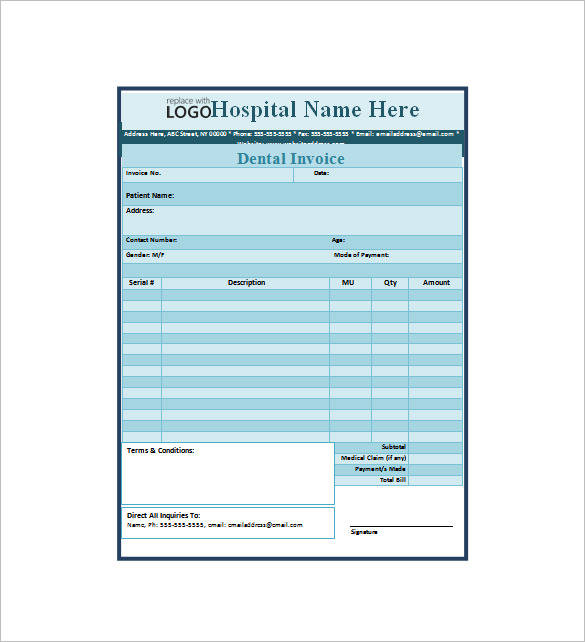
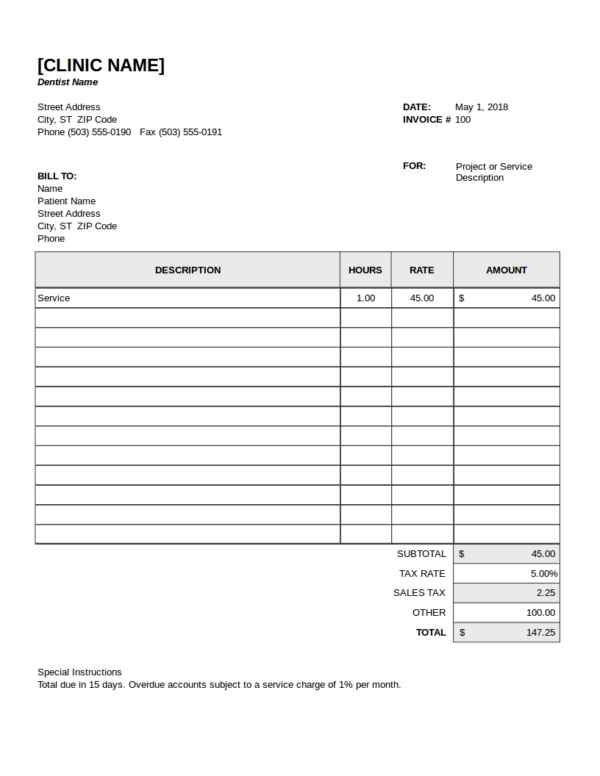
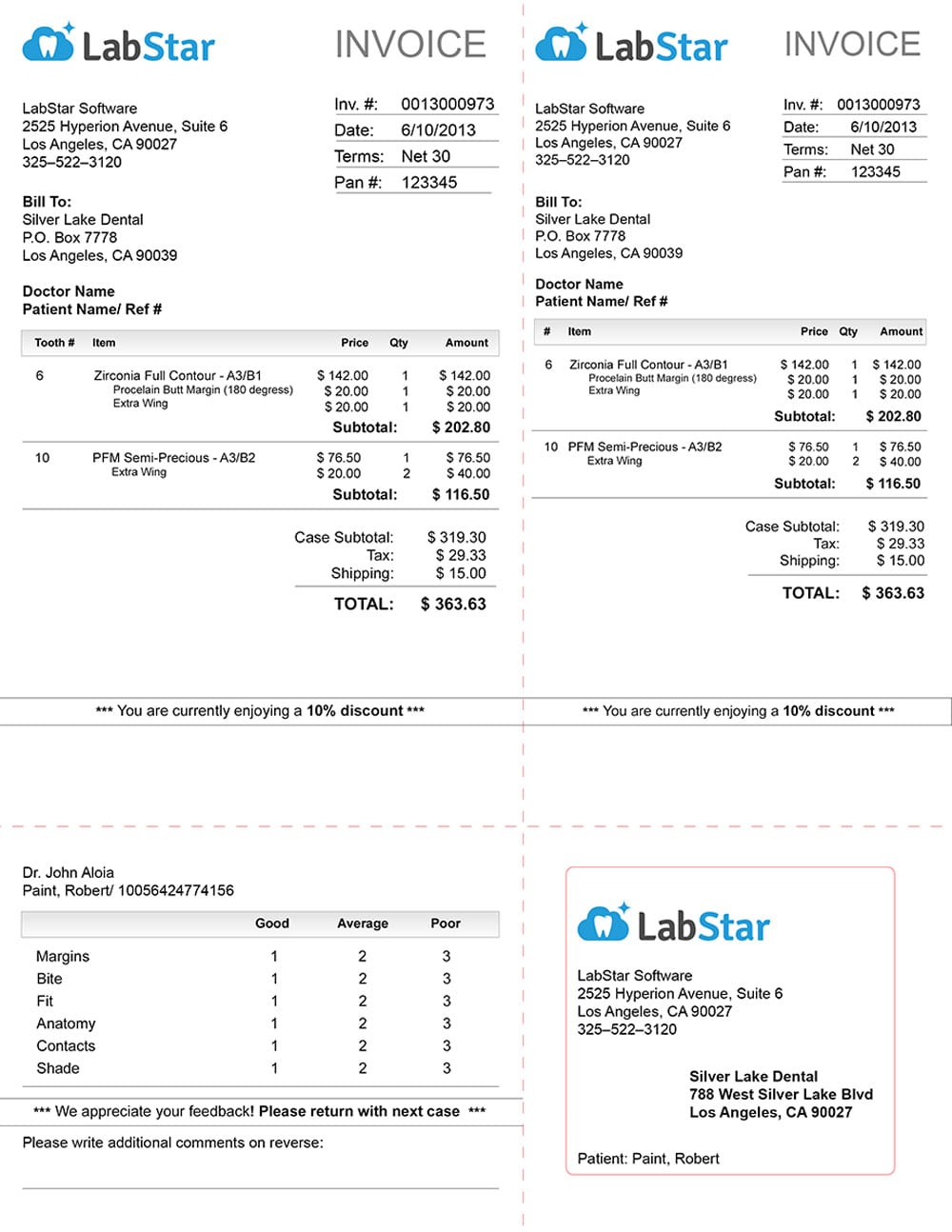
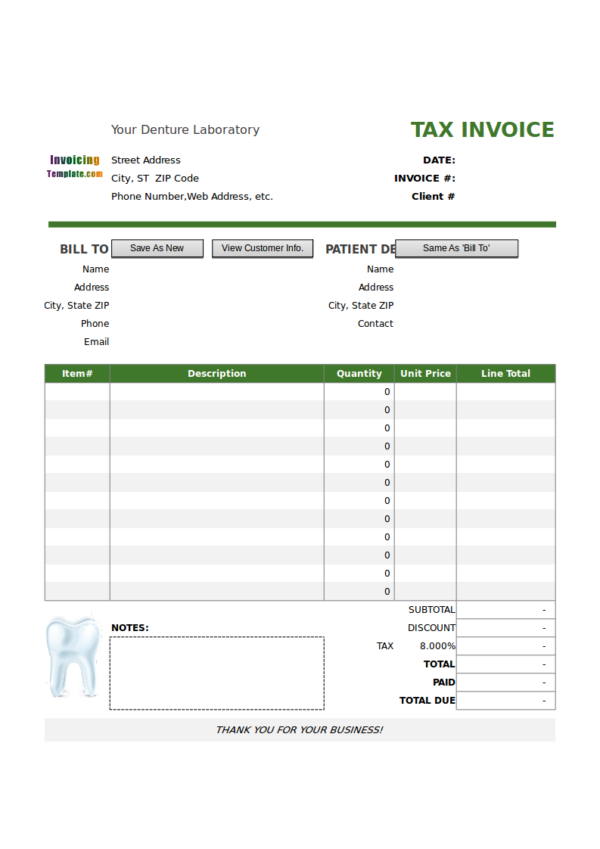
Best Practices for Managing Dental Receipts
Managing dental receipts efficiently is essential for maintaining organized records and ensuring compliance. Here are some best practices to follow:
1. Use Dental Practice Management Software
Investing in dental practice management software can streamline the receipt creation process. These software solutions often include templates for receipts and allow for easy customization based on individual practice needs.
2. Implement a Digital Receipt System
Transitioning to a digital receipt system can significantly improve efficiency and reduce paper clutter. Digital receipts can be easily generated, stored, and accessed when needed. This also promotes environmental sustainability.
3. Maintain a Centralized Record-Keeping System
Establish a centralized record-keeping system to store all dental receipts and related financial documents. This can be a physical filing system or a secure cloud-based solution. Ensure that the records are organized, easily searchable, and backed up regularly.
4. Train Staff on Receipt Procedures
Provide comprehensive training to your staff on the importance of accurate receipt creation and the proper procedures to follow. This includes educating them on the required information, formatting guidelines, and any relevant legal or compliance considerations.
5. Regularly Review and Reconcile Receipts
Set aside dedicated time to review and reconcile the dental receipts with your financial records. This helps identify any discrepancies, track outstanding payments, and ensure that all transactions are accurately recorded.
Conclusion
Dental receipts are not just pieces of paper; they are essential documents that serve multiple purposes for both the business owner and the patient. By understanding the importance of dental receipts and implementing effective receipt management practices, dental practice owners can enhance transparency, build trust, and ensure legal compliance. Additionally, maintaining organized records and accurate receipts contributes to efficient financial management and improved overall business operations.
Dental Receipt Template Word – Download